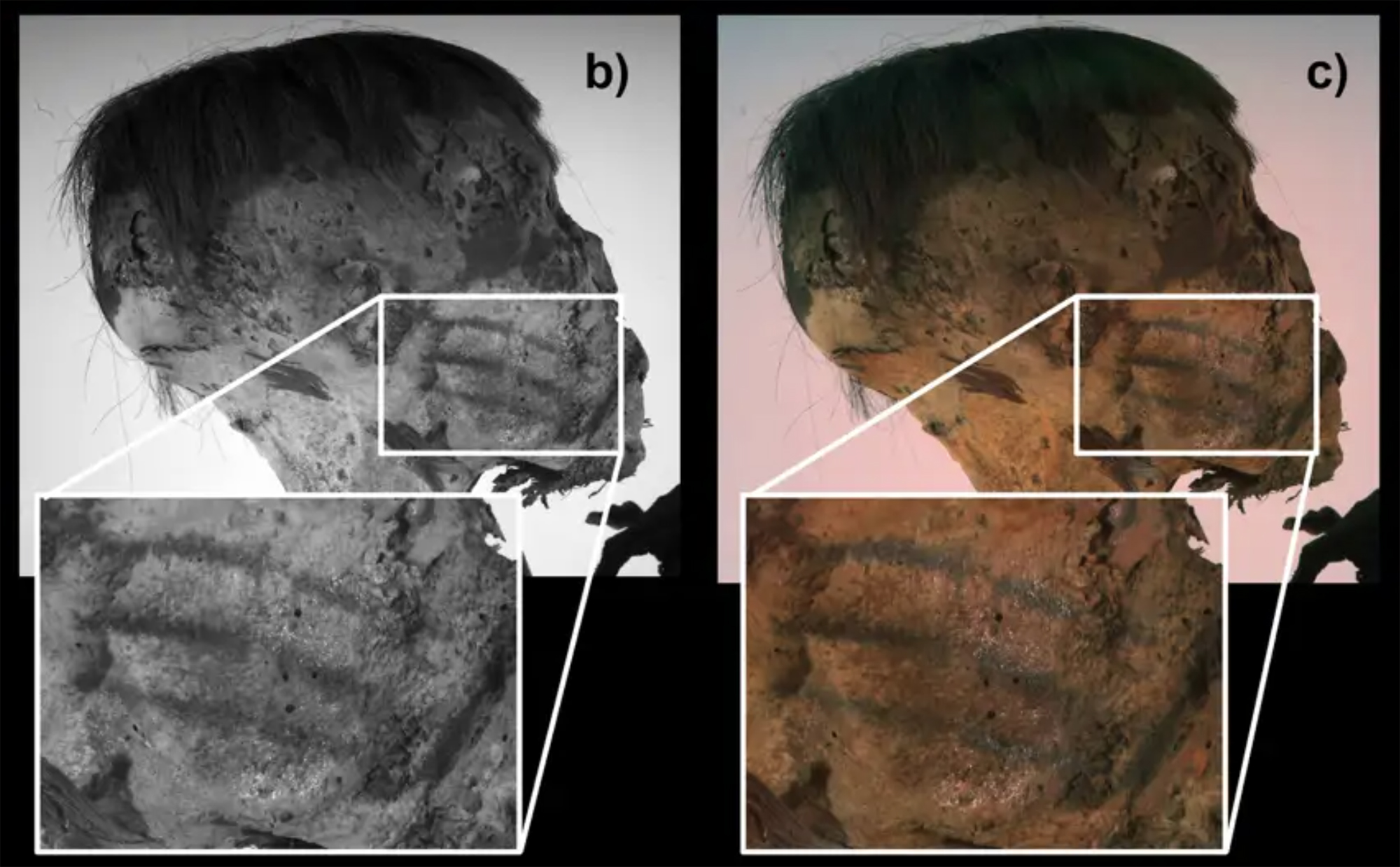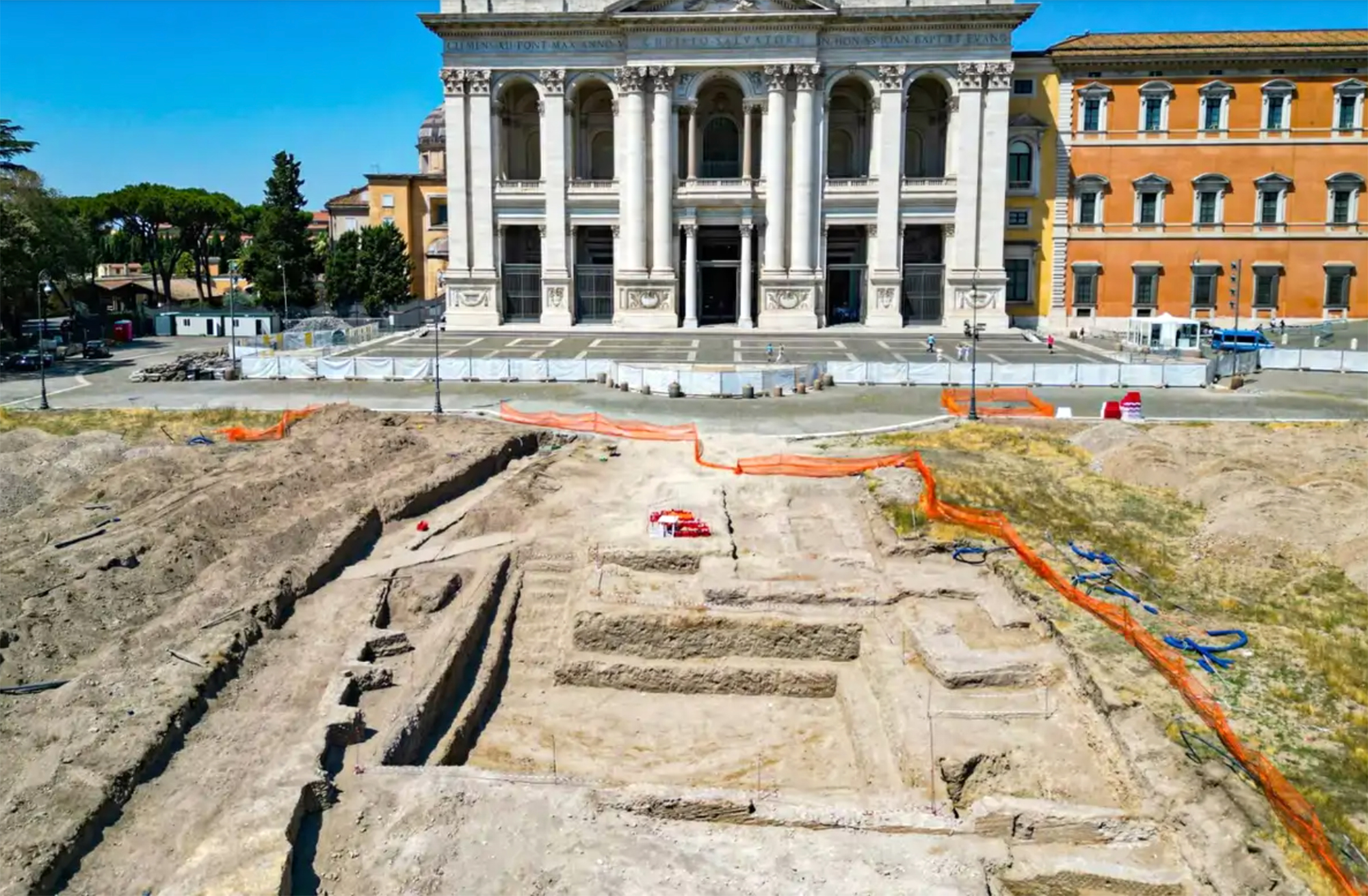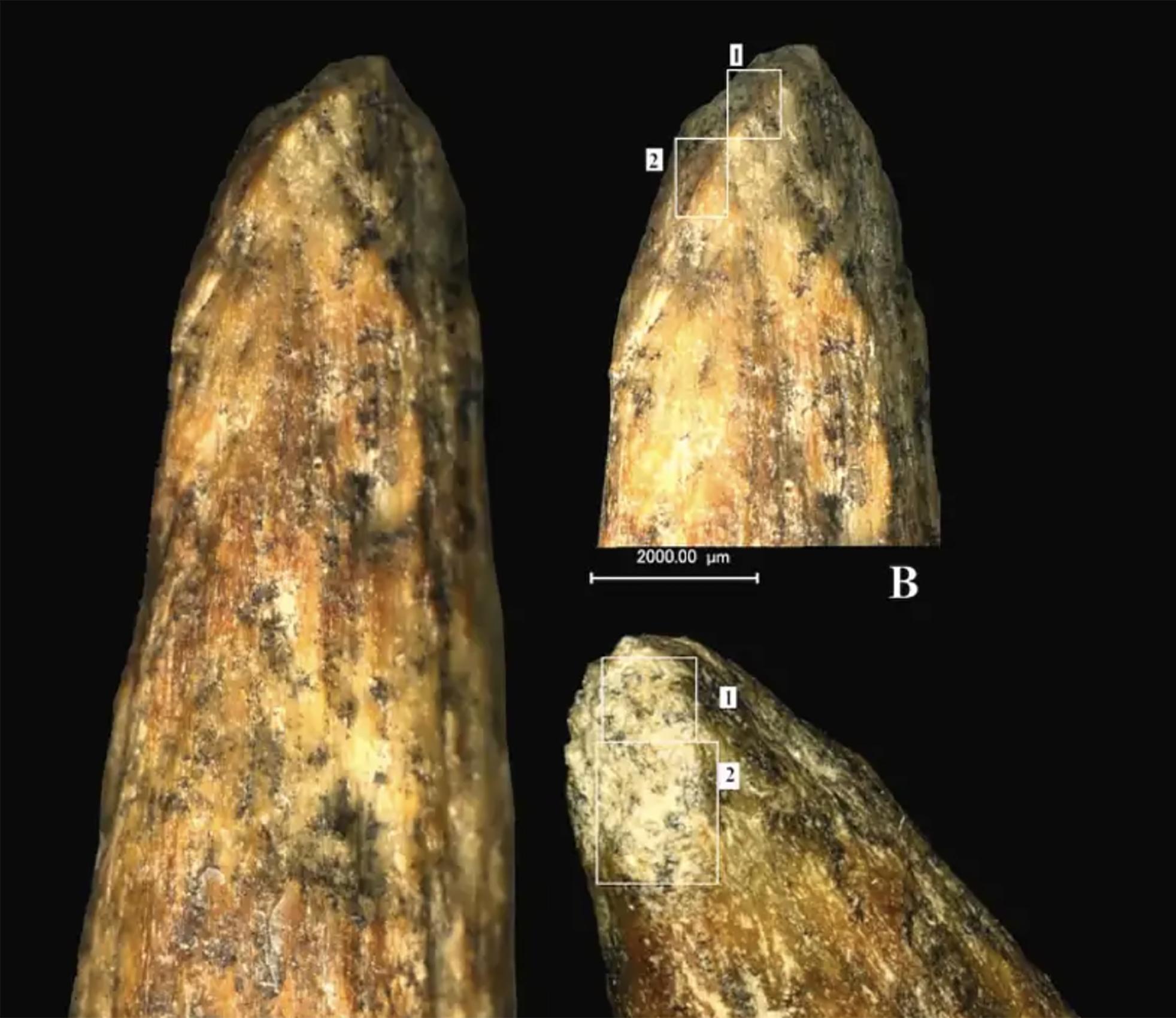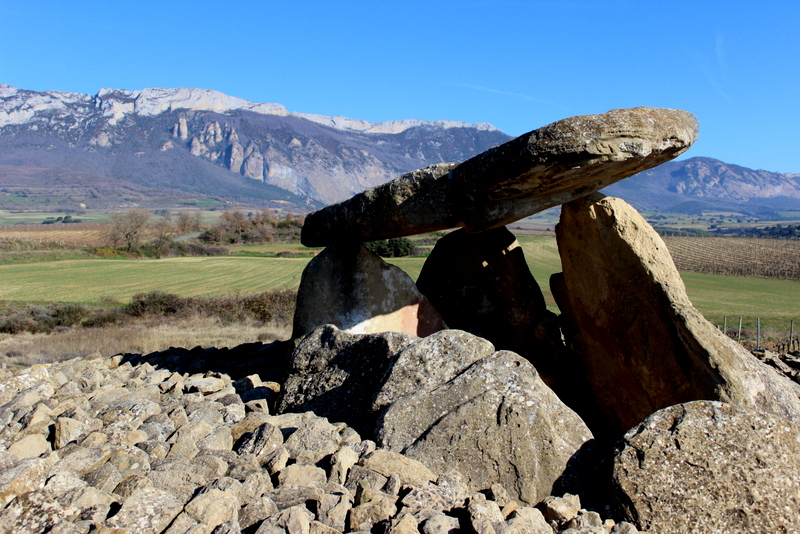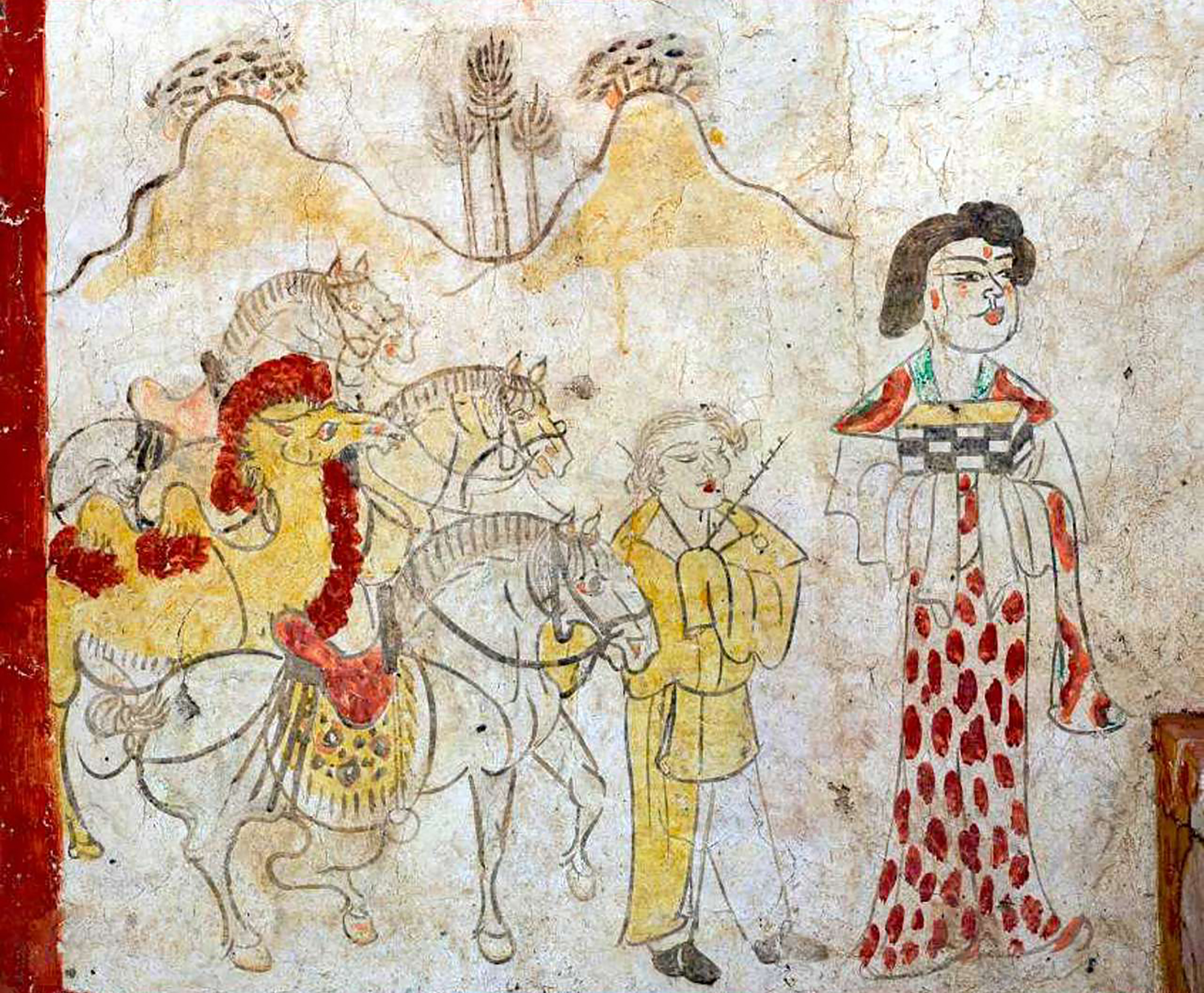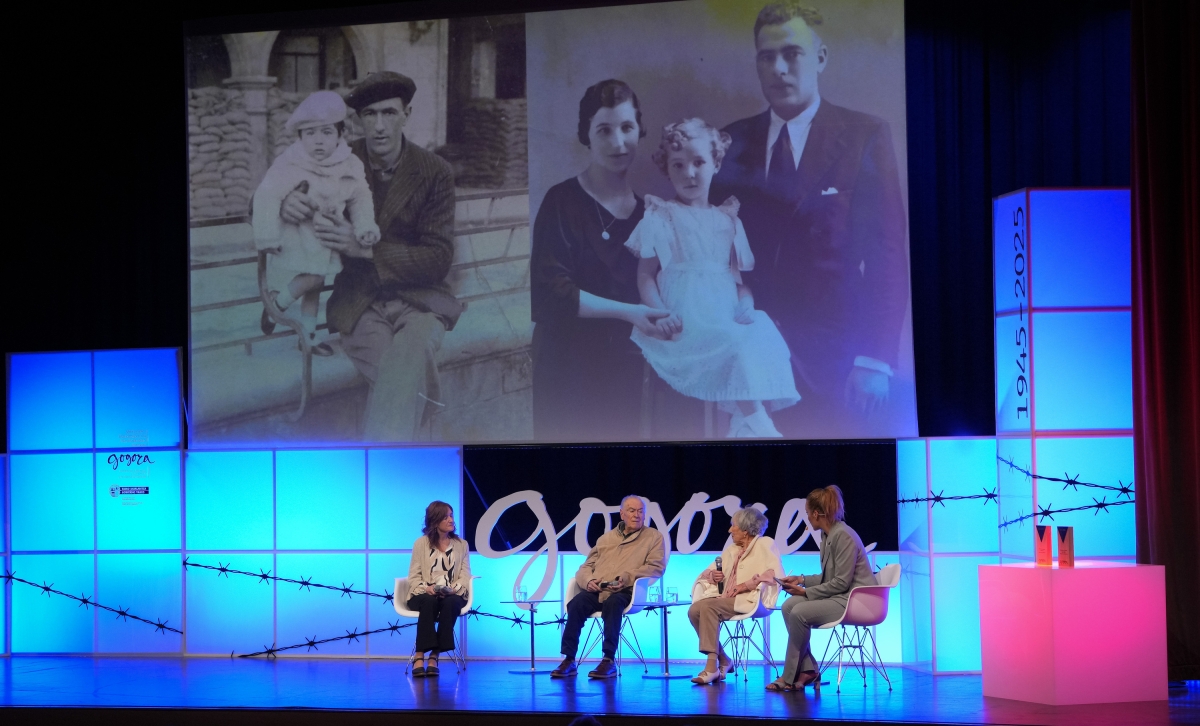The longest site in history
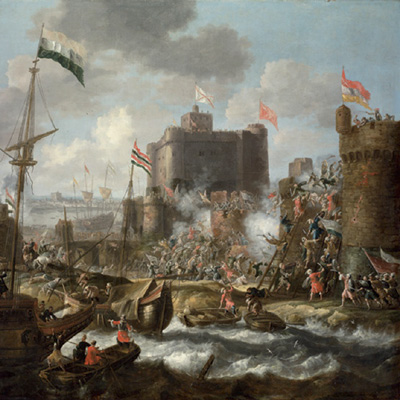
Candia (current Heraclion), 1648. That year, those living inside the walls of the capital of Crete had to wait 21 years before they could leave the city.
In 1570 the Ottoman Empire invaded the island of Cyprus, dependent on the Republic of Venice, for the Sultan Selim II to ensure the supply of the favourite Commandaria wine. Although the Crown of Spain, the Republics of Venice and Genoa, the Pontifical States and the Order of Malta created the Holy League and beat the Ottomans in the battle of Lepanto (1571), Cyprus would be in the hands of the Turks for three centuries. And the rich Republic of Venice, at another time, slowly lost the lands of the Mediterranean, until it was left only to Crete.
In 1645, the knights of Malta attacked an Ottoman convoy and took refuge in Candina, bringing with them the dams and the Sultan Ibrahim I. In response to the insult, 60,000 Turks landed in Crete and in three years they conquered almost the entire island. In the absence of the capital, Candia was besieged.
The city was protected by 6,000 soldiers and its supply was not enough to maintain the siege for a long time. The Turks interrupted the water supply and bombed the city for several months. However, Candia did not sink in its sunset and the ground struggle was suspended. Venetians and allies managed to introduce raw materials by sea through the open gap north of the fort of the coast. Thus, the conflict moved from land to sea, with the objective of controlling the supply routes of both. In these battles, the Ottomans sometimes won, sometimes victors and allies, but they did not take the ultimate victory. There were also two attempts to break the siege inside, but they were useless, as were the efforts of the Turks.
In 1669, 21 years later, Captain General Francesco Morosini had only 3,600 soldiers, who were barely left with food and ammunition. On 27 September they surrendered and the Turks allowed them to take everything they could and leave alive, as if they were persuaded by the proximity of 21 years.
The facial tattoos of a mummy discovered a century ago in Peru have just been studied. She is a female mummy and is about 800 years old.Experts do not know the function of these tattoos, but they emphasize that they are very special.
On the one hand, facial tattoos, especially... [+]
Saint-Cloud (Frantzia), 1810eko apirilaren 1a. Napoleon enperadorea Maria Luisa Austriakoarekin ezkondu zen, eta eztei-tarta ikusgarria Marie-Antoine Carême (1784-1833) sukaldari ospetsuak egin zuen.
Baina Carême gorteko luxuetatik urrun jaio zen, Pariseko... [+]
During a routine excavation in the Piazza San Giovanni in Laterano in Rome, archaeologists carried out the IX-XIII. They unexpectedly found the remains of a palace dating back to the centuries. And they think it could be the residence of the popes of the time. In other words,... [+]
Pond of Venice, year 452. Prompted by the Huns' invasion, several inhabitants of the interior of the Italian peninsula took temporary refuge in the swampy area. But the Lombard invasions came in a few years, and it would become a permanent home for those immigrants. It was a... [+]
More and more studies indicate that Neanderthals had more advanced cognitive abilities than previously thought. The latter, published in the Journal of Archeological Science, refers to the spearhead of bone found in the Mezmaiskaya cave in Russia in 2003.
Using microscopy,... [+]
The Indus Valley, about 5,000 years ago. The city of Mohenjo-Daro had about 35,000 inhabitants and, according to recent PNAS publication, had a very low Gini coefficient of 0.22 – a coefficient that measures the economic inequality of societies through the degree of... [+]
I've been enjoying a book lately. In a very short time I have read it twice; the first with pure delight and the second with a pencil in my hand. Hoces de piedra, martillos de bronce, by the Spanish archaeologist Rodrigo Villalobos, aims to explore prehistoric society to answer... [+]
In the Chinese province of Shanxi, in a tomb of the Tang dynasty, paintings depicting scenes from the daily lives of the dead are found. In one of these scenes a blonde man appears. Looking at the color of the hair and the facial expression, archaeologists who have studied the... [+]
Carthage, from B.C. Around the 814. The Phoenicians founded a colony and the dominant civilization in the eastern Mediterranean spread to the west. Two and a half centuries later, with the decline of the Phoenician metropolis of Tyre, Carthage became independent and its... [+]
Salvador Puig Antich frankismoaren kontrako militantea izan zen. Askapen Mugimendu Iberikoko kidea, 1973ko irailaren 25ean atxilotu zuten. Gerra-kontseilua egin zioten, eta garrotez exekutatu zuten handik sei hilabetera, 1974ko martxoaren 2an. Aurtengo otsailean baliogabetu du... [+]











